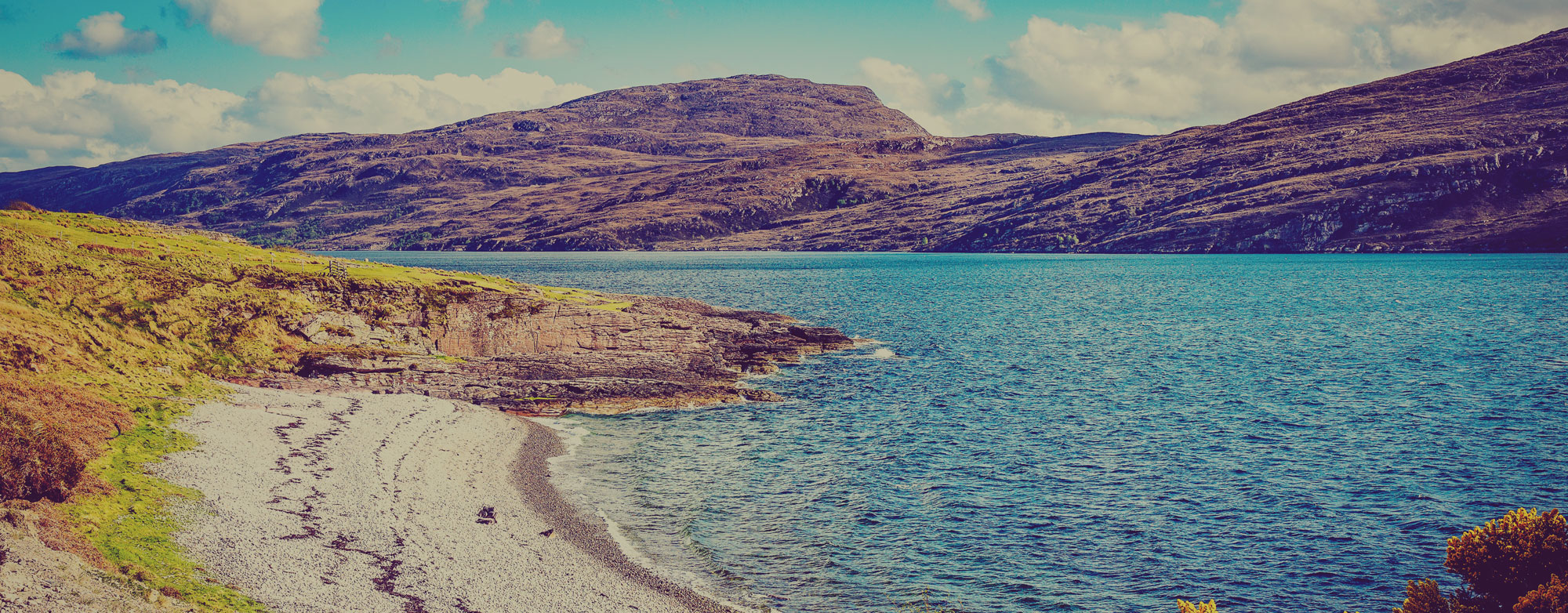
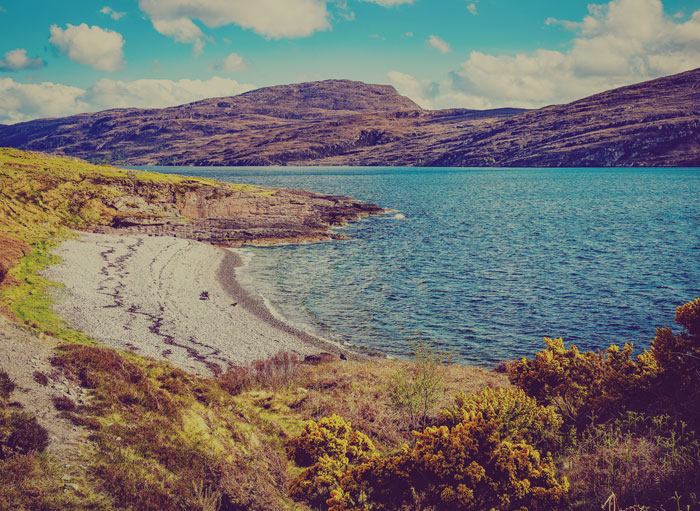


It’s an interesting topic that comes up time and again in conversation and on social media. Is there a definitive style, theme or botanical that could be used to identify a gin as originating from Scotland? Besides originating from Scotland, what ties Scottish Gin together? We explore a few of the themes that we believe have helped shape the story of Scottish Gin and the people who make it.
Just like the gins being produced in other parts of the UK and other parts of the world, some gin makers are in a position to source and use botanicals that can be foraged from their local landscape. For other gin makers who use botanicals that simply don’t grow here in Scotland, they buy in these botanicals.
When you look at the full family of Scottish Gin, there’s a great deal of styles and diversity. London Dry, Old Tom, Cask Aged and more. It couldn’t be said that there is any set rule, besides the current EU definitions of style and distillation process, that Scottish Gin makers and their gins follow. This is what makes the gin category as a whole an exciting place for innovation and creation.
Scotland by its geography is a small country and much of the fauna is widely dispersed. Apart from a few isolated areas, Scotland in its entirety shares a widespread larder of botanicals. However, there are a few elements that go into the mixing pot that we feel tie Scottish Gins together.
Scottish Water
Most if not all of the gins being produced in Scotland use locally sourced water. With more than 125,000 km of rivers and streams, Scotland’s water sources are vast and varied. Small highland burns to large lowland rivers, Scotland’s freshwater network would stretch around the world three times. Scotland’s water has played a vital role in Scotland’s other national drink, Whisky.
Scotland has over 25,500 lochs, with many of the smaller lochs located on the peatlands of the northern and western Highlands. With this abundance of fresh, good quality water it’s of little surprise that Scottish water plays a key role in Scotland’s gin production.
Even once the water reaches these distilleries, some choose to further filter the water. Some use a ceramic filtering process whilst others choose to heat the water to remove any further contaminants. It’s generally acknowledged that Scottish Water is of very good quality and with stricter environmental controls, the quality of Scottish water has improved even over the last two decades. There’s a reason that Scotland’s most famous drink, Whisky, takes its name from the Gaelic uisge beatha, meaning “lively water” or “water of life”.
From a purely scientific stance, no studies have been conducted yet that could 100% clarify that Scottish Water has any impact on the flavour profile of Scottish Gin. That said, Scotland’s Whisky industry has thrived over the centuries, undeniably in part due to the quality and availability of clean water. Romantic notion or not, with a wealth of natural springs and fresh water that’s slowly been trickling its way through layers of granite in the Cairngorm’s National Park or fresh rainwater that gathers in one of Scotland’s many reservoirs, Scotland’s gin makers have a rich resource from which to draw inspiration.
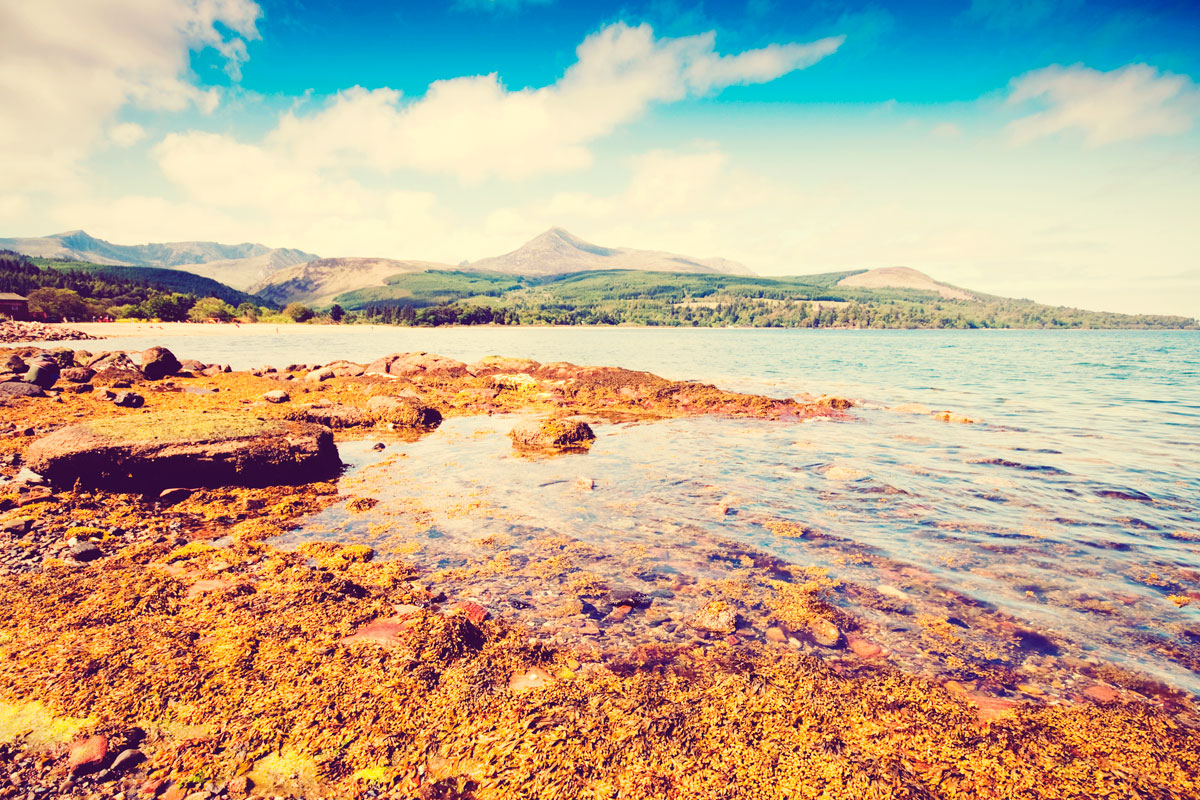
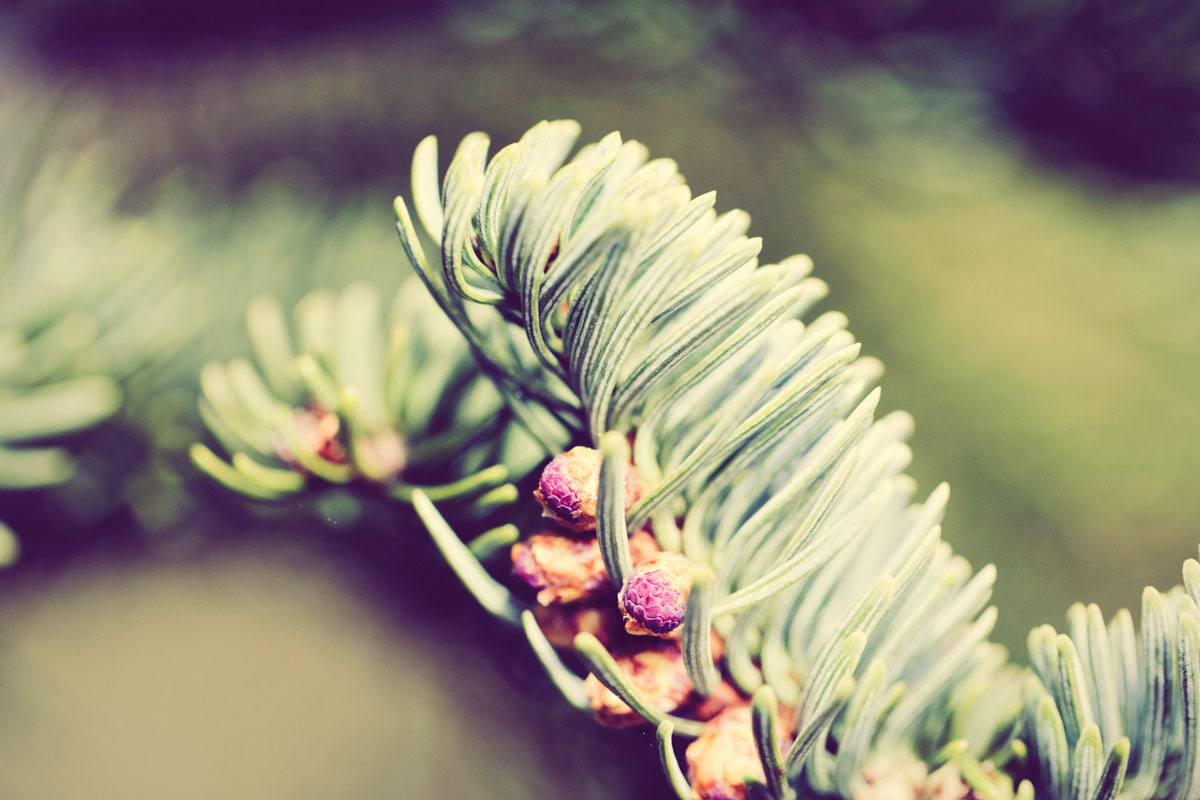
Scottish Botanicals
Never heard of a Scottish Lime? There’s a pretty obvious reason and that’s our rather unpredictable weather. Scotland has its share of unique fauna and a truly stunning landscape that saw the Highlands & Islands named as one of the top places in the world to visit by the highly respected Lonely Planet travel guide. Once found in abundance, native Scottish Juniper has been in serious decline thanks to multiple threats.
Juniper berries (they are in fact seeds and not berries) are what give gin its distinctive, piney and aromatic flavour. For juniper to grow there has to be close contact between male and female plants to increase the chances of pollination. The juniper plant, a coniferous plant that resembles a small to medium-sized bush or tree, was once common across the northern hemisphere before the plants were slowly killed off through disease and overgrazing by animals.
There are a few Scottish Gin producers who forage for their own juniper from their land including Loch Ness Spirits, whose black gold juniper is said to give their Loch Ness Gin its distinctive, rich juniper flavour profile. Badvo Distillery in Perthshire is another distillery that forages for all their juniper from the local farm landscape. Both these gin makers use 100% Scottish botanicals, all sourced from their local area. Inshriach Distillery in Aviemore is another distillery that sources their own Scottish Juniper along with other Scottish botanicals.
So the question is: should Scottish Gin contain only Scottish botanicals? The answer is simple: no. For the gin makers and brands who can source their botanicals responsibly and with care, this is a fantastic achievement and something that should be celebrated and promoted as unique to their gin and brand. We’ve visited all three gin makers mentioned above and can testify first hand that what they say about their botanicals being locally foraged is not some smoke and mirrors marketing spiel, but the truth.
For other Scottish Gin makers who don’t have access to Scottish botanicals and who opt to buy in, it makes perfect sense. As we said before, a native Scottish Lime is hard to come by. Where the botanicals come from shouldn’t be the defining requirement of what makes a Scottish Gin ‘Scottish’.
Besides Juniper, there’s an array of native Scottish botanicals that gin makers use as part of their wider gin recipe, often combining these native botanicals with botanicals purchased from out with Scotland. Nettles, Milk Thistle, Wild Mint and more. With the creation of the Heriot-Watt University botanical library, thanks to the research undertaken over a three year period by the International Centre for Brewing and Distilling (ICBD), Scotland’s gin makers should now have access to a wealth of gin botanicals that can be grown in Scotland and are commercially available.
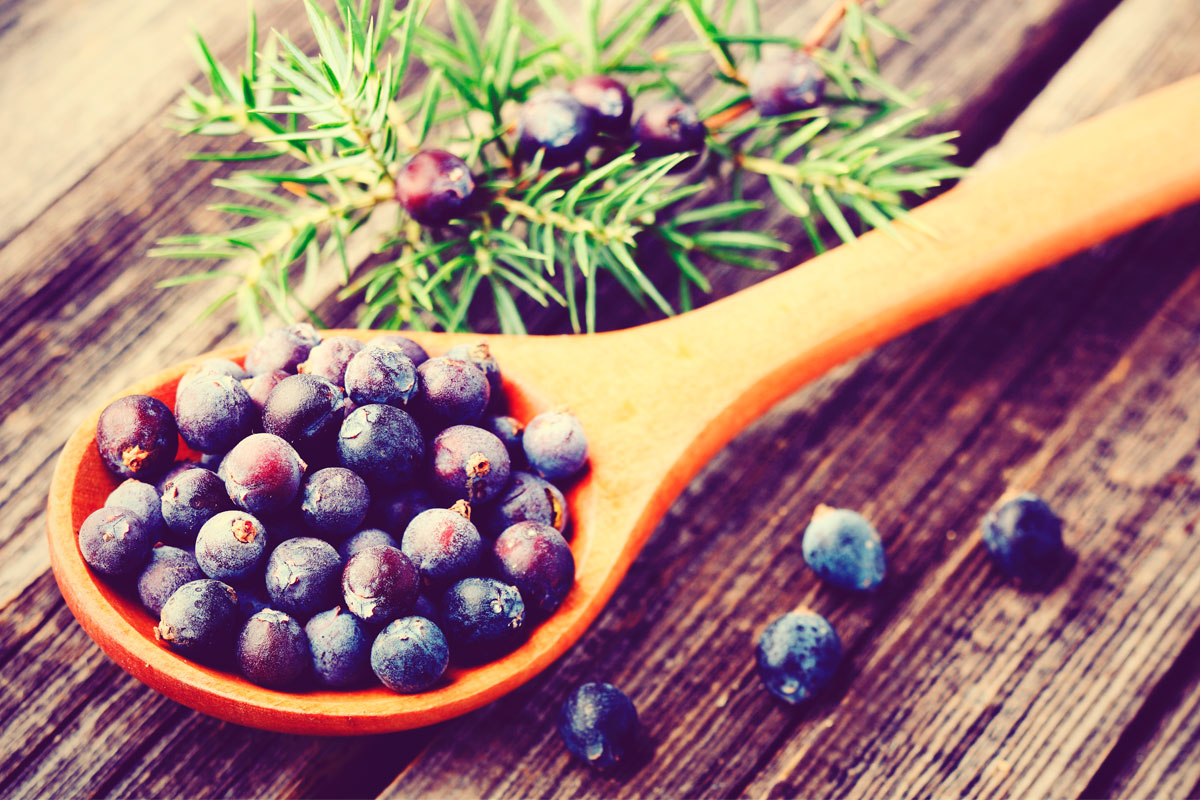

Distillation
No two Scottish Gins are the same and no two Scottish Gin Distilleries are the same. Each following their own production path and each doing things their way. It couldn’t be said there is a pattern in the production of Scottish Gin that would earmark a gin as being Scottish. What Scotland’s gin makers do share is their passion for producing premium Scottish spirits. Very few have come into distillation direct from University or with formal qualifications. For many, making Scottish Gin is something they’ve grown into with some giving up their careers to follow their passion. Others have seen Scottish Gin as a unique opportunity to have some fun in their retirement or spare time, little knowing that for those in this position it soon becomes more than just a part-time hobby to pass the time and often evolves into a full-time business.
For the Scottish Gin brand owners who don’t distill their own gin but have sought the guidance and support of a contract distillery, they have the same passion and love for their gin. For these brand owners, producing a great quality gin is at the heart of everything they do. If anything, they feel they are under additional pressure to make sure their gin is of a premium quality and that they are open and honest with the consumer and their peers about where their gin is made.
Unlike Whisky, that has defined regional production areas that are often easily identifiable from their flavour profile, for example peaty and smokey whiskies, which can often make it easy to guess both locality and production methods, Scottish Gin doesn’t have this clearly identifiable flavour marker.
Location
So no identifiable botanicals or flavour profiles. No detectable regional markers of flavour. No legal requirement for the base alcohol to be produced in Scotland using only Scottish crops. So what ties Scottish Gin together? Besides it being distilled, rectified or cold compounded in Scotland and promoted as Scottish, when you scratch below the surface, the people who make Scottish Gin have been shaped and moulded by Scotland.
From the urban landscape to rural, remote regions. Bustling cities to remote island communities. In one way or another, the geography and places where the gins are made in Scotland have shaped the creative gin making process and shaped the brands and stories.
From the place they live to the local folklore and legends that many weave into their brand, the defining marker for what ties the Scottish Gin category together isn’t the flavour or botanicals. It’s the simple fact that Scotland as a place has shaped the people who make Scottish Gin. Scotland has inspired them to create something to call their own – Scottish Gin.
Scotland has provided the people who create and craft Scottish Gin with a canvas of historical deeds and figures. For others, it’s a beautiful landscape of inspirational panoramas of rolling hills, snow capped mountains, aqua blue seas and golden sands. This inspiration can be seen for yourself.
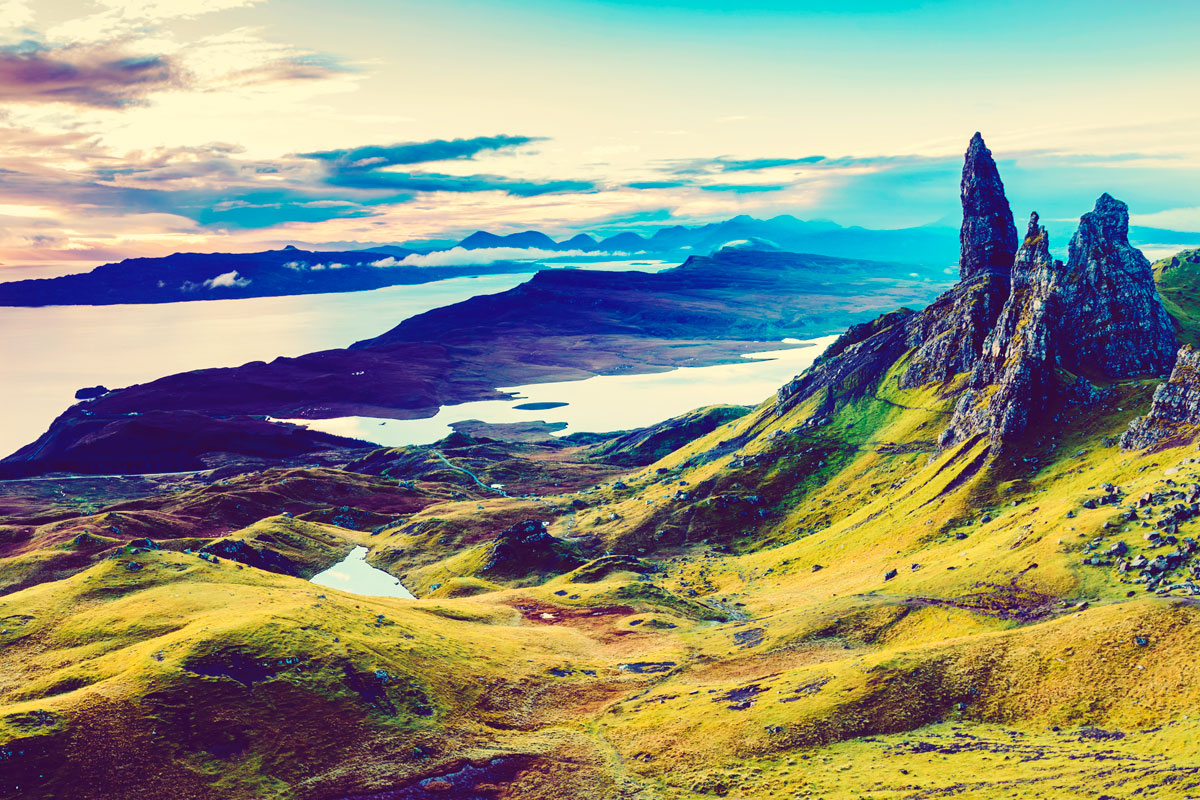
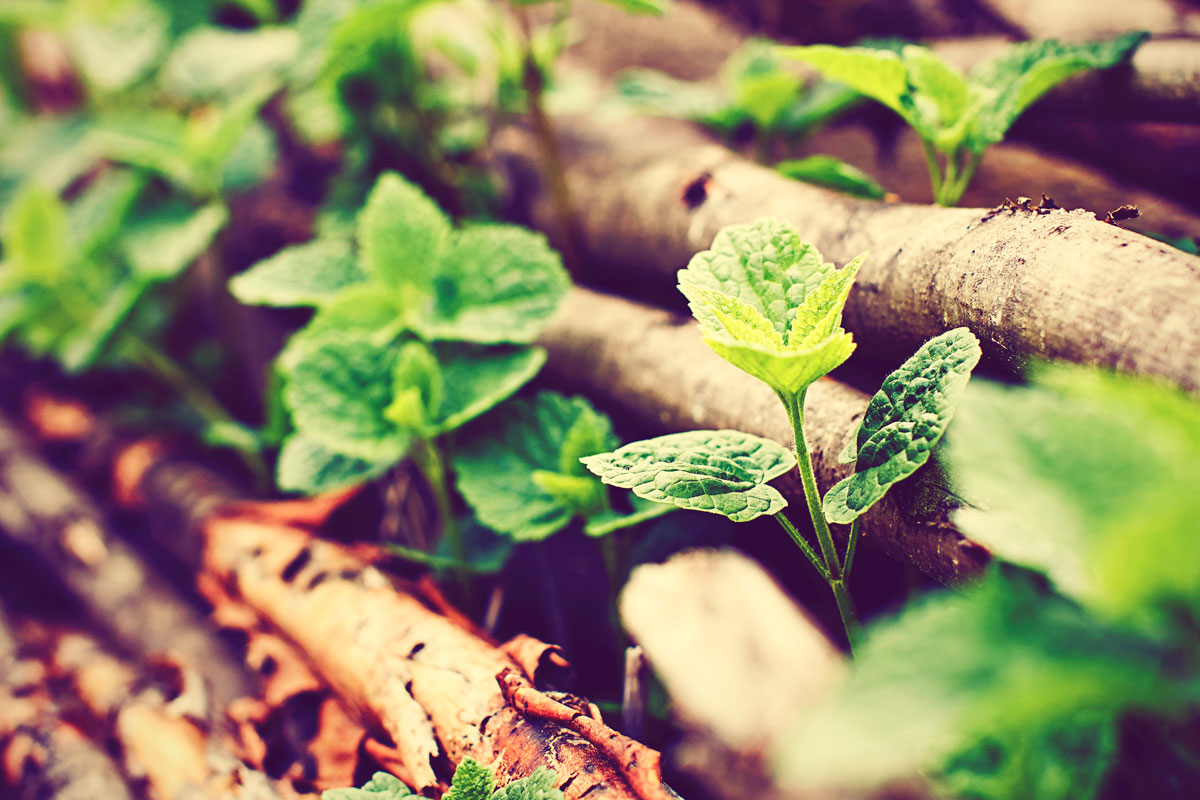
It’s the story of real and rare like Kevin and Lorien’s connection to the depths of Loch Ness that stretch back over 400 years and others like Isle of Skye Distillers’ Alistair and Thomas who have tried to capture their island home in both the shape of their bottle and the gin they make.
It’s the Kelso Gin Company’s Oliver, Jane and Andrew who took inspiration for their Elephant Gin from the legend of the elephant buried directly beneath the town square in Kelso.
It’s Emma and Nick at The Teasmith who took the local story of a tea merchant and incorporated his work centuries ago into not only their brand but the very recipe for their Teasmith Gin.
It’s Gary, Andrea and Erin at the Orkney Gin Company whose bottle is adorned with the legend of the Kelpie; sea dwelling figures that were said to inhabit human form when on land and half human, half marine animal when in the sea.
It’s Stephen, Jacqueline, Iain and Eilidh, the two couples who established the Ice & Fire Distillery and have diversified from their rural jobs after Iain overcame a life-threatening condition.
It’s Marcus and Matt at Pickering’s Gin who took stewardship of a near derelict building in Edinburgh that was once the city’s veterinary school, The Old Dick Vet, and had the thunderbolt moment of inspiration to establish Edinburgh’s first legal gin distillery in over 100 years.
It’s Kim at Gin Bothy whose adventures in jam-making eventually led her to establish her own gin brand and use her business as an opportunity to create her own range of gins and spirits but also preserve and educate visitors about the humble Scottish Bothy.
It’s Dale and Vicky who moved back to Scotland and established their distillery in the heart of the Trossachs National Park and work by the mantra of doing things the ‘McQueen Way’ that has seen their business and product range grow enabling job creation.
It’s all the Scottish Gin makers and brand owners who have decided to focus on creating brilliant brands and producing premium Scottish Gin. Scotland is Scottish Gin and Scottish Gin is Scotland. The stories are varied. The people are from all walks of life and from all over the world who call Scotland home and have established their businesses and brands as being part of the Scottish Gin story.
Scottish Gin has always been so much more than just a chapter in the story of the current gin renaissance. Scottish Gin is its own book that’s being written by the many talented people who make Scottish Gin and operate their own distilleries. It’s a story of those who are contributing their own story through their Scottish Gin brand with the ambitions of opening their own distillery. It’s the gin makers who play a role in Scotland’s fantastic tourism sector welcoming tourists from around the world to come and experience Scottish Gin.
For us, it’s all these factors and so much more that makes Scottish Gin the spirits category that should be discovered. The drink. The people. The stories. We have a well-deserved and rich distilling heritage and fantastic reputation for producing some of the world’s most recognisable food and drinks brands. We have a food and drinks portfolio that’s consistently viewed as being both premium and crafted.
Scottish Gin is a story of people, of place, of passion. The story of Scottish Gin is just beginning.
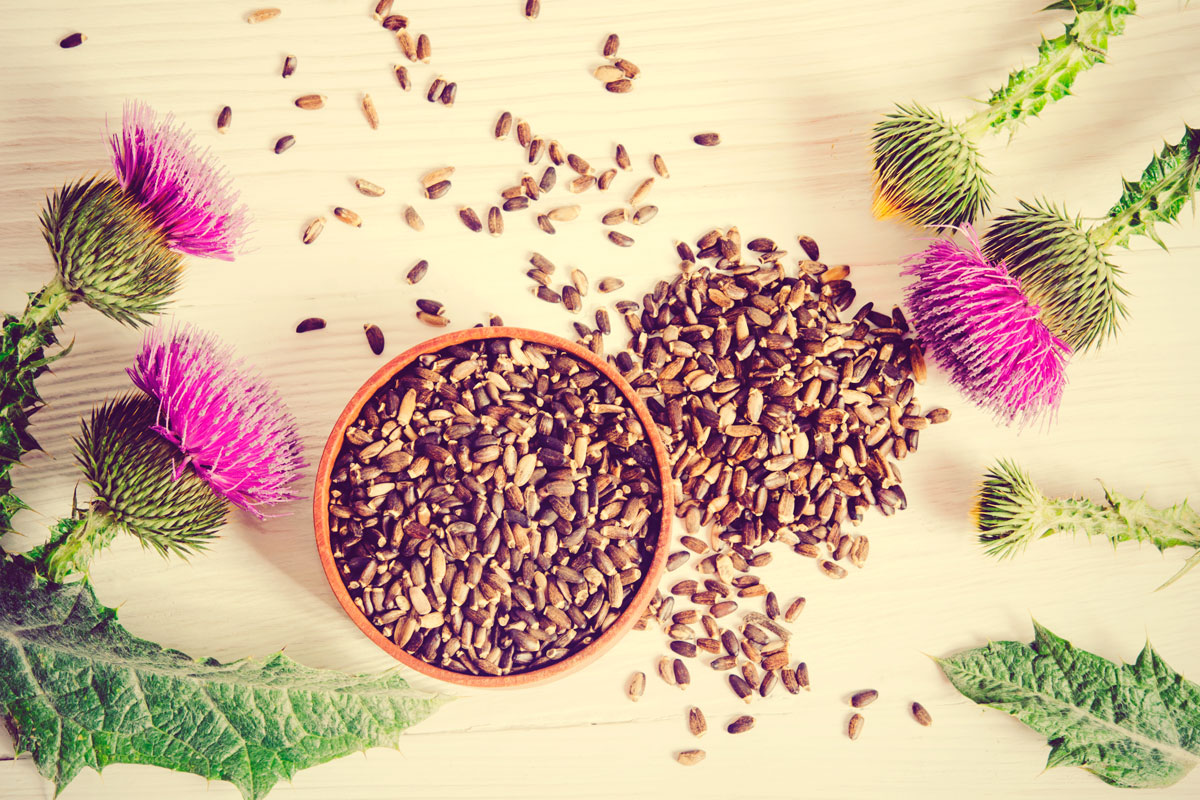
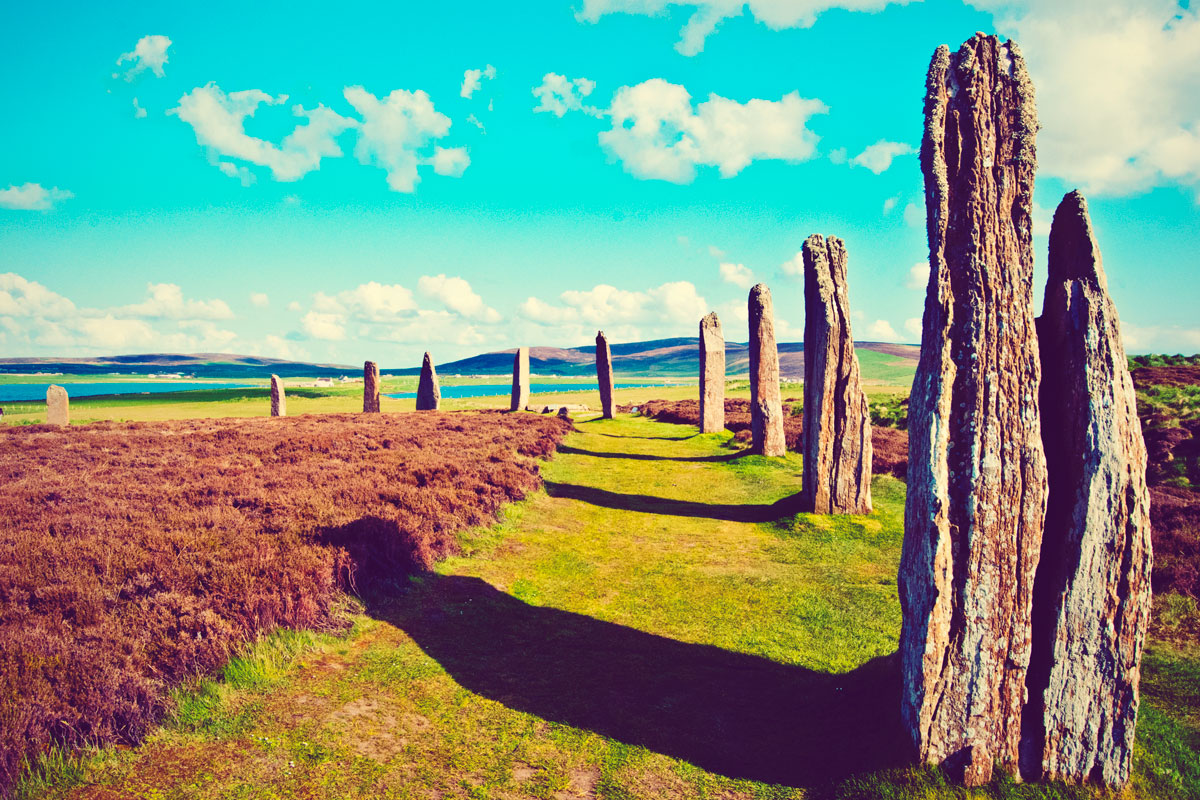
 Packaging
Packaging
 Glass Packaging
Glass Packaging
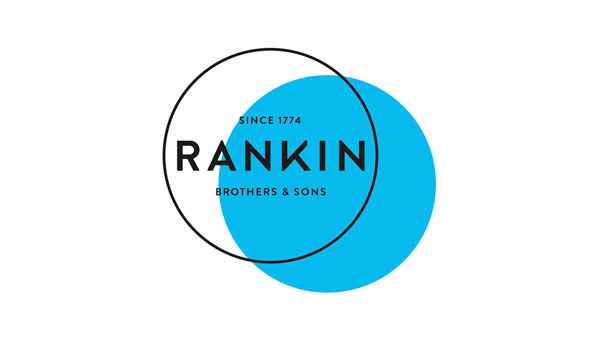 Corks, Capsules & Closures
Corks, Capsules & Closures
 Botanicals
Botanicals
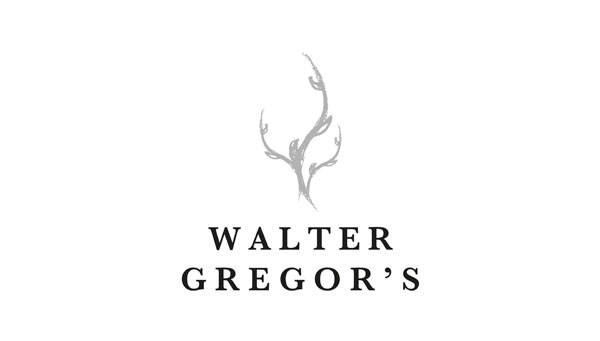 Scottish Tonic Water
Scottish Tonic Water
 Scottish Gin Merchants
Scottish Gin Merchants
 Founder
Founder